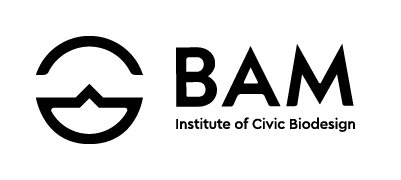First Annual Family Field Day
Wow.
Really, I don’t need to write more. Yesterday was a day to remember. We had 55 neighbors show up to Karol’s Prairie and fill the air with stories, laughter, questions, and ideas. People who hadn’t seen each other in years reconnected, and it felt like a reunion of hearts and minds under the wide-open sky. The weather was perfect—a sunny June day, with just enough breeze to keep the bugs at bay. It was magical.
But what made the day even more special was the way people engaged with the land. Families spread out across the prairie, kids running through the grasses, their shouts blending with the calls of birds. Adults leaned in, listening as we talked about how Karol’s Prairie is more than just a pretty patch of land.
It’s easy to think of open spaces like this as "non-productive," but that couldn’t be further from the truth. Wild spaces, riparian zones, and prairies like this one are vital. They are the lungs and lifeblood of our ecosystem. These are the places that soak up rainwater, purify it, and slowly release it into creeks and rivers. They provide habitat for pollinators and wildlife, which are essential to agriculture. They build resilience against flooding, drought, and erosion.
When we prioritize these spaces—when we let them thrive—we’re not just preserving beauty. We’re preserving the foundation of a healthy, functioning landscape. Without these wild areas to balance the equation, the agriculture we depend on can’t survive.
Yesterday, we shared some hands-on techniques to restore health to overworked or damaged land. Neighbors learned about native plants and how their deep roots hold soil and retain water. We talked about how allowing the land to regenerate itself over time strengthens not just the prairie, but also the farms and communities that surround it.
Getting people out in nature is one of the best ways to open their eyes to these ideas. Standing knee-deep in wildflowers and feeling the prairie wind reminds us that we’re part of this ecosystem, not separate from it. Watching kids discover a hidden frog or adults marvel at the deep roots of switchgrass makes the connection clear: what’s good for the land is good for us, too.
By the end of the day, it was clear we had planted more than just native seeds. We had planted the seeds of connection—to the land, to each other, and to a shared vision for a healthier, more resilient future.
Thank you to everyone who came out, asked questions, and shared your hopes and ideas. Thank you for reminding us that Karol’s Prairie isn’t just a project; it’s a place where community can grow.
If you missed this year’s field day, don’t worry—there will be more chances to get involved. Karol’s Prairie has big dreams for the future, and we’d love to have you be a part of them.
Until then, take a moment to step outside, breathe in the fresh air, and remember: the wild spaces are still here, quietly doing their work, waiting for us to join them.







































